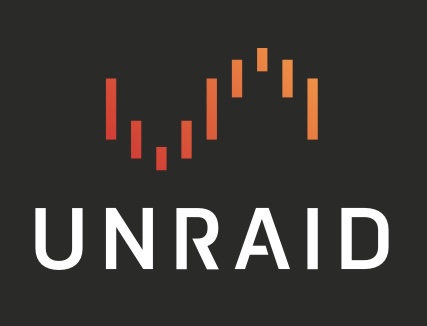

I am very happy with my Omada setup. It’s an ecosystem, not a single device. I use an er605 as router and eap610 as AP. I also have a switch, probably you don’t need that, and I now have an Omada controller (you can also host that in as a docker container, so not strictly needed). For wifi you can simply throw another ap somewhere and have excellent Mesh wifi. It’s more complex than a simple consumer router, but also has a lot more functionality.


The controller does not need to run 24/7. The controller configures the devices and the config remains on the devices. Though, when your devices are adapted by a controller, you cannot access any settings on the devices themselves, only via the controller.
Maybe should add: depending on the network set-up, I’d strongly recommend getting a hardware controller. For me, I have one server hosting all my stuff. I also hosted the controller with docker in this server. Which ends up being a single point of failure, and no way to look into your routing if your server is down/unreachable. I got a hardware controller (oc200) eventually just to separate my interner and network infrastructure from my hosting and service infrastructure.